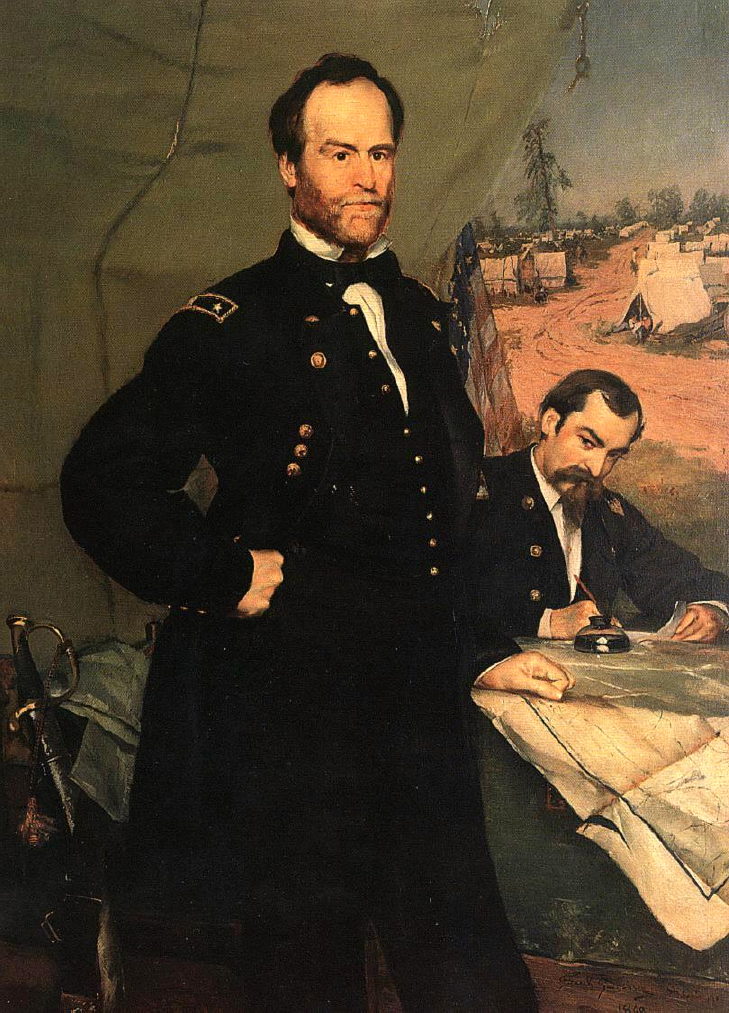
Via Metafilter, this looks interesting, although I haven't read it yet: The Righteous and Reasonable Ambition to Become a Landholder: What Would Have Happened if Former Slaves Had Received Land After the Civil War?
Here's the intro:
At Marginal Revolution, Tyler Cowen comments:
Here's the intro:
Although over 140 years have passed since slaves were emancipated in the United States, African-Americans continue to lag behind the general population in terms of earnings and wealth. Both Reconstruction era policy makers and modern scholars have argued that racial inequality could have been reduced or eliminated if plans to allocate each freed slave family “forty acres and a mule” had been implemented following the Civil War. In this paper, I develop an empirical strategy that exploits a plausibly exogenous variation in policies of the Cherokee Nation and the southern United States to identify the impact of free land on the economic outcomes of former slaves. The Cherokee Nation, located in what is now the northeastern corner of Oklahoma, permitted the enslavement of people of African descent. After joining the Confederacy in 1861, the Cherokee Nation was forced during post-war negotiations to allow its former slaves to claim and improve any unused land in the Nation’s public domain. To examine this unique population of former slaves, I have digitized the entirety of the 1860 Cherokee Nation Slave Schedules and a 60 percent sample of the 1880 Cherokee Census. I find the racial gap in land ownership, farm size, and investment in long-term capital projects is smaller in the Cherokee Nation than in the southern United States. The advantages Cherokee freedmen experience in these areas translate into smaller racial wealth and income gaps in the Cherokee Nation than in the South. Additionally, the Cherokee freedmen had higher absolute levels of wealth and higher levels of income than southern freedmen. These results together suggest that access to free land had a considerable and positive benefit on former slaves.
At Marginal Revolution, Tyler Cowen comments:
The abstract is vague on magnitudes, for more detail see pp.29-30, for instance:
The livestock calculations find that the difference in the wealth gaps was substantial, and ranged from 46% to 75%. For crop income measures, the difference in the gap was smaller, but still substantial. My estimates place it between 20 to 56%.
No comments:
Post a Comment